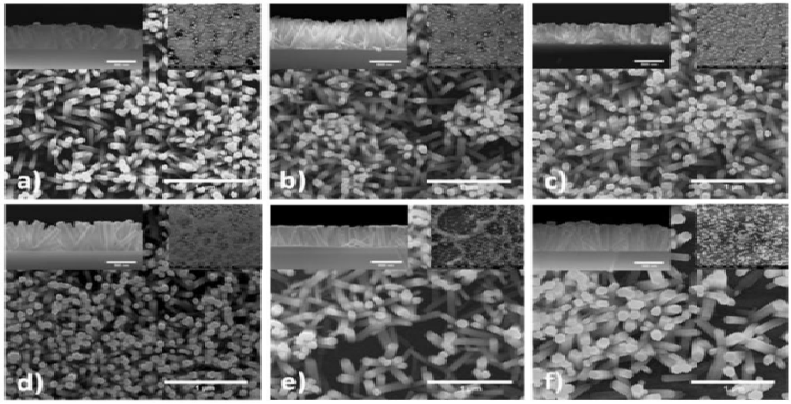Temperature Dependent Seeding Effects on Hydrothermally Grown Zinc Oxide Nanorods: Towards Low Temperatures and High Scalability
Abstract
The influence of temperature and deposition cycles on the seeding process for producing CBD grown ZnO nanorod arrays was investigated. We correlate seed sizes and distribution with the morphology of the resulting ZnO nanorod arrays. We varied the annealing temperature of the seed layer between 250°C and 500°C and found that annealing temperatures around 350°C result in the most highly oriented nanorods on glass substrates.

Published
Dec 15, 2014
How to Cite
VAILLANT-ROCA, Lídice et al.
Temperature Dependent Seeding Effects on Hydrothermally Grown Zinc Oxide Nanorods: Towards Low Temperatures and High Scalability.
Revista Cubana de Física, [S.l.], v. 31, n. 1E, p. E85-E86, dec. 2014.
ISSN 2224-7939.
Available at: <http://revistacubanadefisica.org/index.php/rcf/article/view/RCF-31-E1-E85_2014>. Date accessed: 25 apr. 2024.
Section
Original Articles (E)
This work is licensed under the Creative Commons Attribution-NonCommercial 4.0 International (CC BY-NC 4.0) license.








